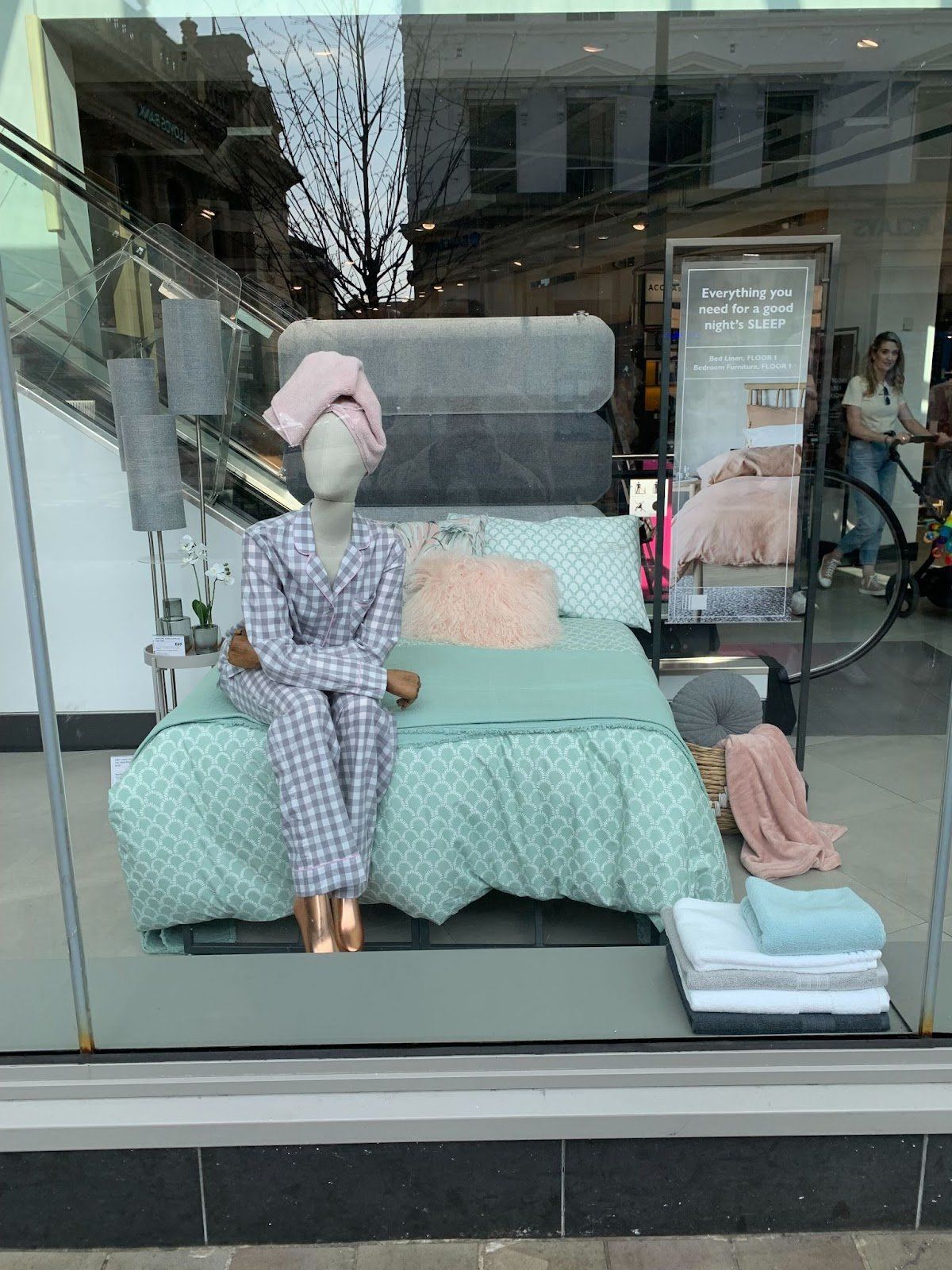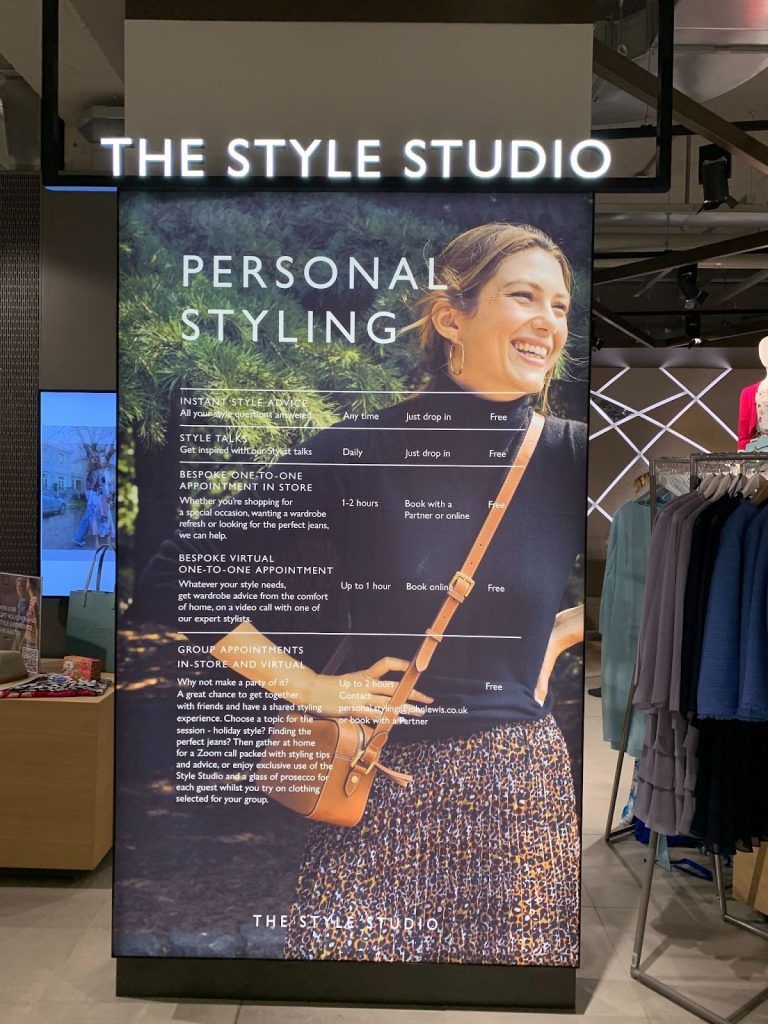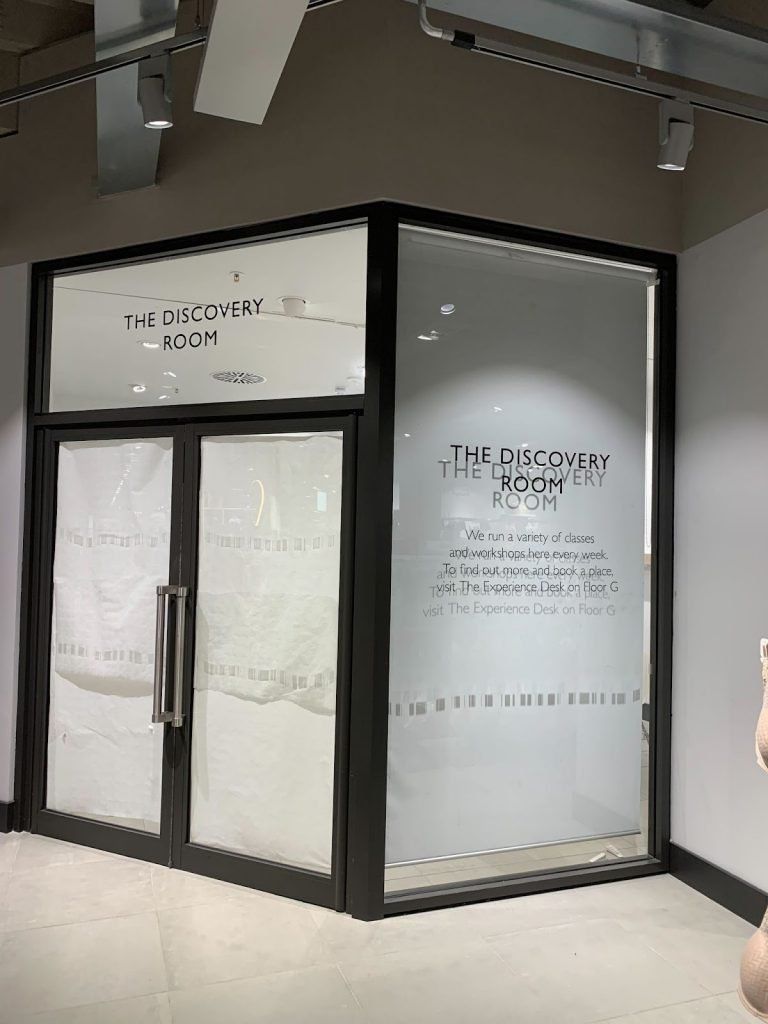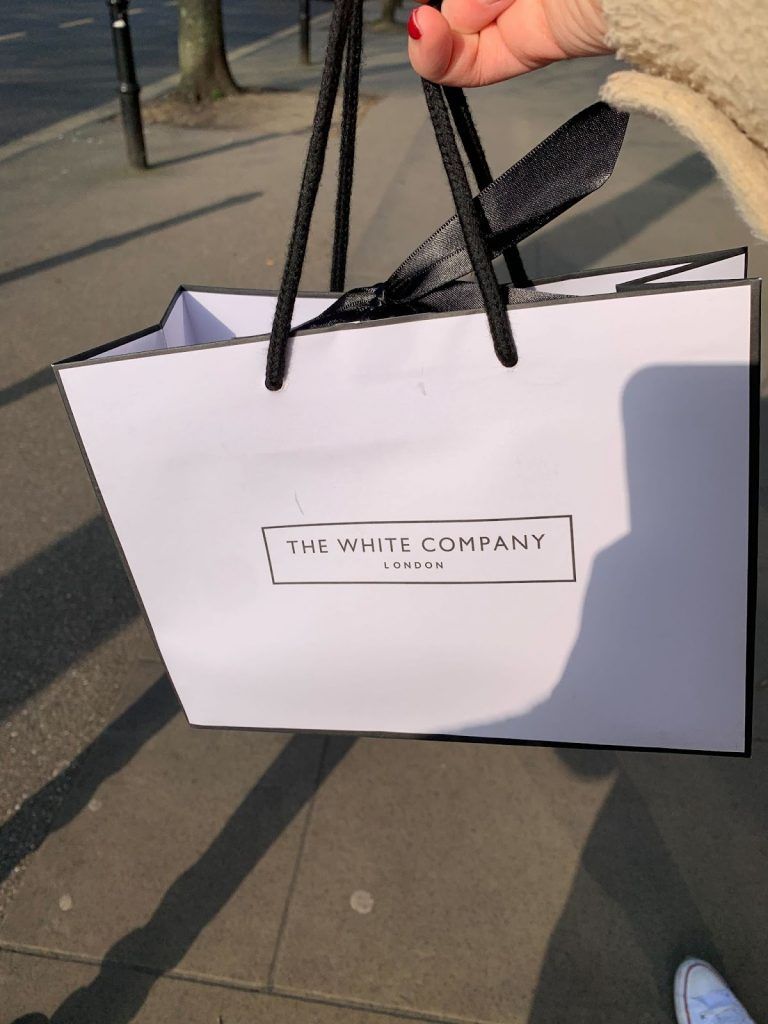The primal urge to spend money may be one of the reasons why people go shopping at the mall or retail store, but it's not the only reason. In fact, the desire to spend money could be one of the least important factors that motivate customers to go to a particular store. "People need a reason for walking into a store. Consumers identify with the sights, sounds, and even smells to associate themselves with a particular brand. The way a store looks from the outside and what a customer sees hears, and smells when they go inside the store, dramatically affects the retail experience.

As a team of digital experts, there have been times whereby we may have looked down on retail. There seemed to be wondrous opportunities to incorporate digital touchpoints. However, department stores, shops, and boutiques were very much set in their ways. That was until lockdown, and everyone was suddenly shopping online.
The way a customer associates and connects with a brand directly correlates to purchases. So what makes a consumer NOW want to choose the inconvenient route of ACTUALLY shopping and not on-demand store surfing from their couch?
As an agency, we were tasked with a shopping challenge led by our Head of Innovation. We were divided into two teams, and our mission was to visit a department store, each followed by either The White Company or Molton Brown and record EVERYTHING we experienced. The good, the bad, and the ugly.
So what's the verdict when it comes to physical shopping? Is there still a need for it? and where are the opportunities to include our digital world in the retail space? Or better still, take the retail experience online without ever having to leave the store?
Here's our Ecrubox Take:
Are Department Stores Tomorrow’s Showrooms?

Humans are craving connection more than ever and want to feel heard and recognised. Department stores are at a huge advantage as they are home to so many brands, attracting various consumers from all different walks of life. When comparing John Lewis and House Of Fraser, it's clear that one is ahead of the curve and open to a little disruption. House of Fraser is still labelled as House of Cavendish, making it hard to locate the store if you are not familiar with the location. The decoration is dated, the signs are misleading, and there is a dull sense of energy from the lighting to the sounds. It's similar to a '90s website with a lot of stock and an awful checkout experience. However, they have the smells from the product and somewhat of a good range of products. The team chose a Barbour umbrella for the office, which frustratingly later came back with the security tag still on it. And we promise we paid for it!
Attention to detail on the level of what is needed for today's consumer is very low, and the enthusiasm for the brand is evident in the lack of care when helping customers. A burst of energy and newness needs to be injected into this store for consumers to relish in the experience. What House Of Fraser does have, though is the smell and tactile experience of product sampling, gifted through the exchange of email. Something that as of now, is very hard to re-create online.
Let us jump to John Lewis, which was certainly an educational experience. From the pop-up sector for emerging brands to concierge styling services and food hubs to encourage the experience to last longer. John Lewis is a mecca of colour, sound, brands, and interactivity. It has the heritage factor, laced with the after-effects of next-generation. What was key in the experience of John Lewis was the ability "to try and explore" new things. There were multiple opportunities for new brands and ways to engage with customers to discover what they were looking for next. Question is, why would you go online after? To purchase something? This leads us to ask, do they risk being just a showroom and losing the goal of in-store purchases?


Premium Shopping Accompanied With An App
Luxury sales assistance is what we all desire. Special attention, curated options, and an experience that is bespoke as soon as you enter the store. Both The White Store and Molton Brown are great examples of a premium in-store experience; everything from VIP clubs, exclusive party options, and private shopping. So what was missing? The link between digital and physical. If our teams had entered with the app, and the experience had been curated depending on how they had searched and sourced online, in-store suddenly becomes convenient and premium. This is the golden opportunity- bringing the digital and physical world together to honour the in-store experiences and customise them in a bespoke and unforgettable way. After all, your customers, whether online or in-store, are today's influencers.

References: